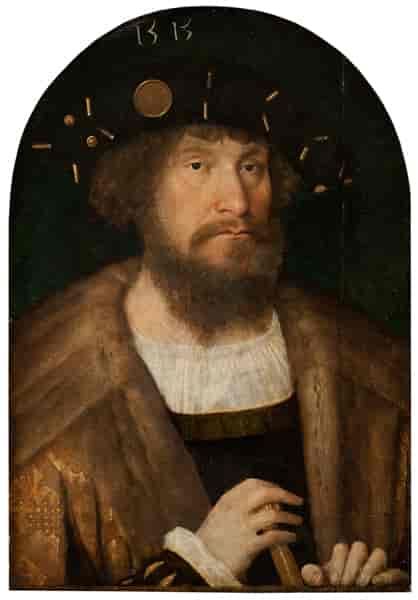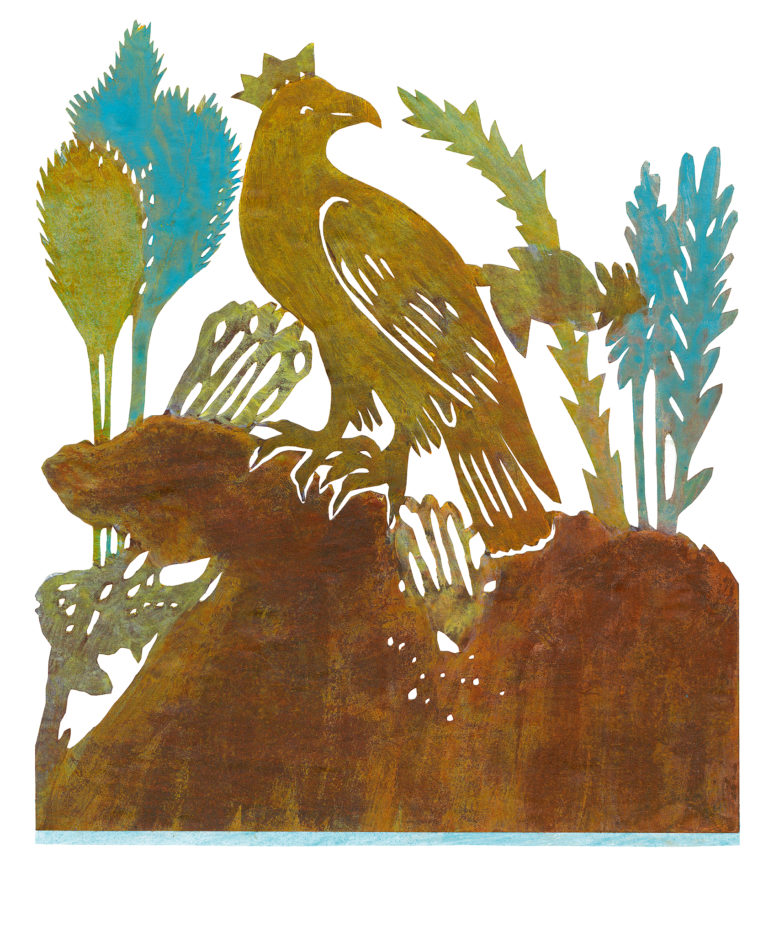Christian II's legacy in Sweden and Denmark
Christian II (1481-1559) ruled Denmark and Norway from 1513 to 1523 as well as Sweden for some of that time, from 1520 to 1521. In Sweden he has been remembered as the instigator of a bloody massacre, whereas in Denmark he has been lauded as a supporter of the poor against the aristocracy.

The Swedish legacy: The cruel tyrant
In Sweden, Christian II is best known for the Stockholm Massacre of November 1520. Immediately following his coronation as King of Sweden, he had more than 80 members of the Swedish aristocracy executed in Stockholm even though he had promised amnesty to everyone who had supported his Swedish opponent, Sten Sture.
Shortly thereafter, Gustav Vasa rose rapidly to reign Sweden and, when the country claimed independence from Denmark and the Kalmar Union, King Christian became known as ‘Kristian Tyrann’ (Christian Tyrant) as a result of the massacre. His tyrannical nature was described in official Swedish propaganda, and Swedish war songs derided and threatened him. In the writings of Laurentius Petri and Peder Swart, who chronicled the period of Gustav Vasa, Christian was condemned, and even the new king Gustav's Swedish enemies, such as Johannes Magnus and Olaus Magnus, disapproved of Christian. This was probably because they were Catholics and wished to distance themselves from Christian's interest in Luther's teachings.
This dark image of Christian II was sustained by most Swedish historians until the beginning of the 20th century. Christian's cruelty was often illustrated by lots of horrific details, the historical accuracy of which is questionable. The Stockholm Massacre is always at the centre of these narratives and it was this single event that has been decisive for how Christian II is remembered in Sweden.
In the 20th century, some Swedish historians tried to re-evaluate the Stockholm Massacre. In particular, historian Lauritz Weibull (1873-1960), who was opposed to nationalist Swedish historiography, argued that the massacre was not a showdown between Christian II and the Swedish aristocracy, but rather between different Swedish groups. According to Weibull, it was the exiled Swedish Archbishop Gustav Trolle who initiated the events leading up to the massacre by accusing a number of his opponents of heresy, after which Christian II began a lawsuit against them which ultimately ended with the executions.
The traditional Swedish interpretation of the story is that the Archbishop Trolle had been imposed upon or forced to give Christian II evidence in order for him to crush the Swedish opponents in violation of the promise of amnesty. According to Weibull, on the other hand, it was Trolle and other Swedish clergy who themselves initiated the accusations of heresy without telling the king about it in advance, and in so doing forced Christian’s hand – he had to issue the death penalty as he was obliged to follow canon law which prescribed the death penalty for heresy.
This question about the cause of the massacre cannot be answered definitively. The massacre affected Sten Sture's followers among the aristocracy, but they were also Trolle's enemies. There are simply no historical sources that can determine the case accurately. Therefore, the course of events can be interpreted in different ways.
The Danish legacy: the enemy of nobility, friend of the people and a peasant lover
In Denmark, Christian II has of course played a greater role than in Sweden, and his legacy is therefore more complicated. After Christian was deposed as king of Sweden, he was subsequently also deposed as king of Denmark in 1523 and official propaganda painted a very negative image of him throughout the 16th century. Those who had come to power through the removal of Christian were certainly able to justify their actions through such negative narratives of him and historians, who were largely orientated towards the nobility, did not seek to endorse a king who had endeavoured to strengthen the monarchy with the help of common people. There was therefore largely agreement between the assessment of Christian II in Sweden and Denmark in the 16th century.
From the 17th century onwards, and especially after the introduction of the absolute monarchy in 1660, Christian II began to be re-evaluated in Denmark. In the 18th century, Ludvig Holberg (1684-1754) created a very flattering narrative of the king and his political efforts to limit the power of the nobility and strengthen that of royalty. Nineteenth-century Danish historians with a liberal worldview, such as C. F. Allen (1811-1871), also endorsed the king's efforts to promote the lower social groups, the bourgeoisie and the position of the peasants.
“Christian the Good"
In the second half of the 20th century, a myth arose in Sweden that Christian II went by the nickname "Christian the Good" in Denmark. The myth seems to have originated in a Swedish history schoolbook where it was used as an example of one-sidedness in traditional national history writing ("Kristian Tyrann" in Sweden was "Christian the Good" in Denmark). Some people from the southern Swedish region of Scania, with closer ties to Denmark, used the myth to exemplify how official Swedish historiography had denied them their 'true' Danish history. The myth of "Christian the Good" is partly consistent with the image of he sought to create for himself after his dethronement as the protector of the poor, which among other things is seen in the folk song Ørnevisen. This song depicts how the little birds of the forest (peasants and citizens) wished to crown the old eagle (Christian II) as bird king for freeing them from the hawk (the aristocracy). The hawk attacks and the eagle is forced to leave the forest, making the little birds despair. It is not impossible that Christian, in fact, through his attempts to reduce the nobility's position of power was quite popular among the citizens and peasants in Denmark, but this did not extend at any time to having a nickname like "the good." The myth was therefore unfounded.

PICTURE: Psaligraphy by Sonia Brandes. "Ørnevisen" (2008) inspired by a folk song of the same name about Christian II.
Thanks go to danmarkshistorien.dk for allowing nordics.info to translate this article. Read this article in Danish on danmarkshistorien.dk.
Further reading:
- Lars Ericson Wolke, Det Stockholmske Blodbad 1520 – massakren der rystede Norden [The Stockholm Bloodbath 1520 - The Massacre that shook Norden] (2009).